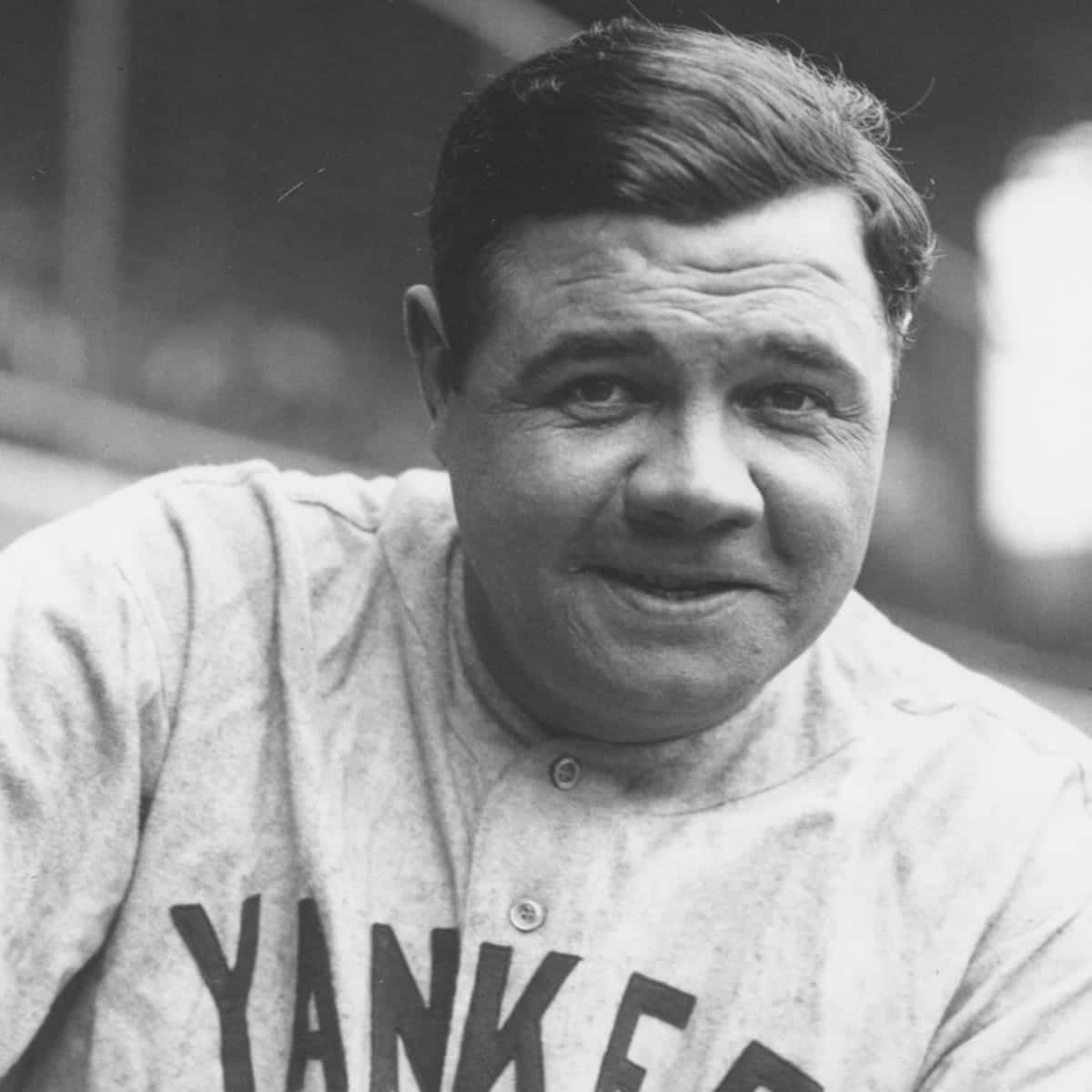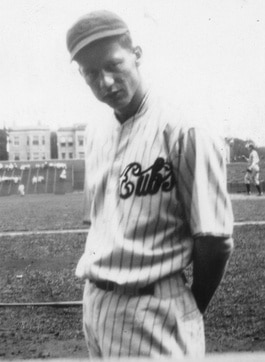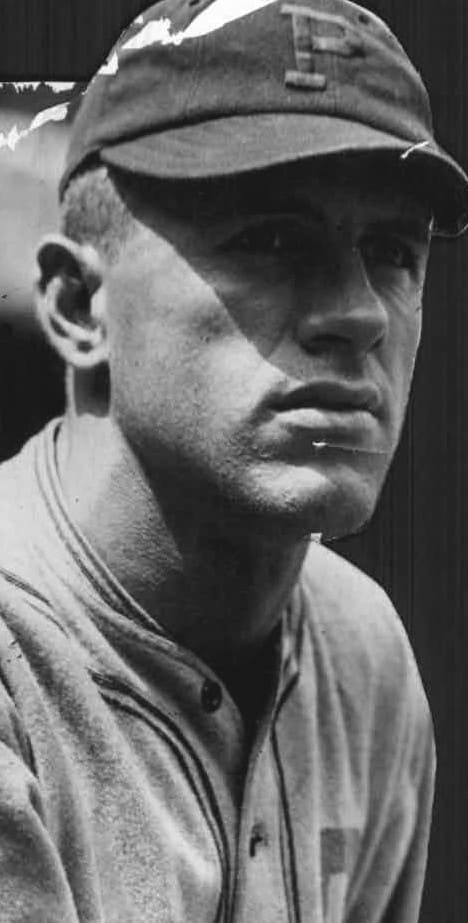
Jump to:
#1. The Yankees Swept The Series
The 1932 World Series would be the third straight sweep for the New York Yankees since their loss to the Cardinals in the 1926 World Series.
They would appear in the 1927 and 1928 World Series, where they also swept their opponents.
Despite their high-powered offense, the Yankees ran into a buzzsaw known as the Philadelphia Athletics and won the pennant in three consecutive seasons.
#2. The Cubs Lost Again
The Chicago Cubs were the first dynasty in baseball when, in the first decade of the World Series, they appeared in 1906, 1907, 1908, and 1910 World Series championships, winning two of them.
They went on to appear in the 1918 World Series and the 1929 World Series, where they lost again.
They managed to make it to the 1932 World Series only to be swept and lose for a fourth consecutive appearance since 1908.
#3. Ruth Called His shot in Game 3

Though neither fully confirmed nor refuted, the story goes that Babe Ruth pointed to the center field bleachers, supposedly predicting he would hit a home run there.
On the next pitch, he hit what was estimated as a nearly 500' "Ruthian" homer to deep center past the flagpole and into the temporary seating in the streets.
A few reporters later wrote that Ruth had "called his shot" (like a pool shark), and thus the legend was born.
Ruth, ever aware of his larger-than-life public image, was quick to confirm the story once he got wind of it.
Conflicting testimony and inconclusive film footage have placed that moment high up in the realm of baseball legend.
#4. Lon Warneke Could Not Get a Win

In 1932, Cubs manager Rogers Hornsby credited veteran backup catcher Zack Taylor with helping correct a flaw in Warneke's pitching delivery.
Instead of looking at the plate when he threw, he looked down at his feet. Taylor corrected the error, and Warneke gained more control over his blazing fastball and hard-breaking curveball.
Warneke mused that he would win "about a half dozen games" during the regular season. Instead, Warneke led the National League in wins (22), earned run average (2.37), shutouts (4), and winning percentage (.786), leading the Cubs to the National League Pennant and placing second in Most Valuable Player (MVP) Award voting.
Despite his excellent season, the Yankees put up 5 runs on him in Game 2. He would not get another appearance.
#5. Cubs Had a Rookie Manager

On August 2, 1932, Rogers Hornsby was fired by the Cubs. The team enlisted Grimm to serve as player-manager.
While serving as manager for the remaining 55 games, he rallied them to 37 wins that helped the team finish with a 90–64 record, finishing four games ahead of Pittsburgh for the National League pennant.
This was the first pennant for the Cubs since 1929. In the 1932 World Series, they would be swept by the New York Yankees in four games.
Grimm would retain the position of manager for the next seven seasons. In his first tenure as the Cubs manager, his teams would finish no worse than third place.
#6. 15 Hall Of Famers Participated In The 1932 World Series
The Yankees roster was loaded with all-time greats that would be enshrined in Cooperstown.
There were a record 9 players on the Yankees roster that would end up in the Hall of Fame, and that does not include Joe McCarthy, who is also enshrined.
On the other side of the field, the Cubs had four future Hall of Famers who played in the actual World Series.
Future Hall of Famer Roger Hornsby had been fired and released earlier that year but did not participate in the World Series.
Also included is the umpire Bill Klem, who is known as the father of baseball umpires.
#7. This Was Babe Ruth's Last World Series Appearance

Babe Ruth's first appearance was in the 1915 World Series when he won his first championship with the Boston Red Sox. In 1915, he made one appearance as a pinch hitter.
The following year he would take the mound and pitch a shutout which would begin a streak of consecutive scoreless innings in a World Series that would not be passed until Whitey Ford.
He would appear in a total of 10 World Series and win 7 of them and, in the course, completely changed baseball.
He would play another two seasons with the Yankees and then have a short stint with the Boston Braves in 1935.
